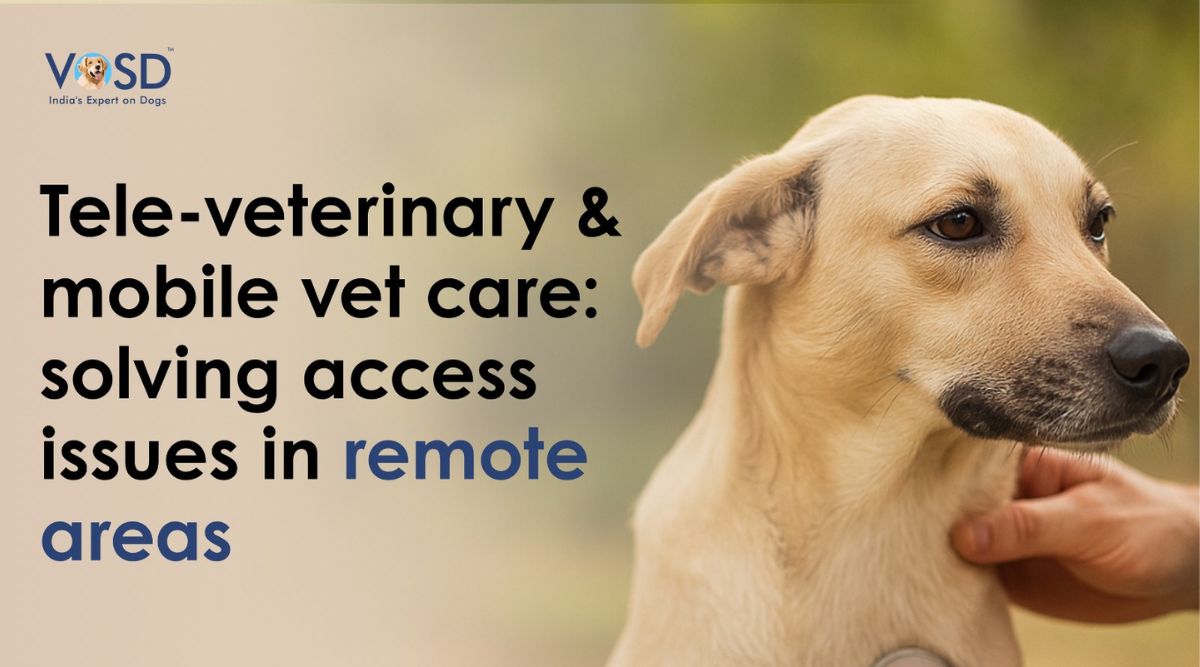Simple tips to make running with your dog a fun activity for both of you.
Are you an avid runner who cannot go a day without your daily exercise? Do you train for marathons and chase the adrenaline rush of completing a race? Guess what? Your dog loves those things too. You just may not know it yet.
If you have a pet dog and you want your dog to run with you, it’s totally possible. You probably already know how excited your dog gets during its daily walk. A strong dog is usually itching to sprint with you. But there are a few things to remember when you decide to start training your dog to do a long distance run.
This article is for marathon and jogging enthusiasts who are looking for a simple way to include their pet dogs in their routine.
What are the benefits of running with your dog?
There are so many benefits to running. For both you and your dog. Running is a solid cardiovascular activity that can make you become fitter than ever. Dogs that run with their owners are often lean, strong, and healthy too. Running is good for the heart, the lungs, and for your overall strength and stamina.
Not all dogs are suited for long-distance running
One thing is for sure. Your dog will probably make an excellent exercise partner. But if it has short legs like a bulldog or a pug, and you want to do a 20 kilometer jog, then this dog is probably not ideal to do it with. Bulldogs, shih-tzus, and pugs are examples of such dogs and are known as “brachycephalic” dogs. This means that they have flatter noses and skulls, and commonly encounter difficulties breathing when they exercise too much.
Puppies are not great running partners either.
You can’t do your marathon with your pup if its less than eight months old. Dogs grow fast, but not that fast. Their bones take at least 8 months to fully develop. A puppy also requires slower and more long-term training, as they are bound to run off into the wilderness when you least expect it. Puppies are seeing new places for the first time, and they will not be able to control their excitement.
Finish your dog’s normal routine before you start running.
Don’t start running with your dog as soon as you walk out of your door. Remember that your dog needs to finish its business and relieve itself before it does anything. Always start with a normal stroll, and don’t let your dog exert too much energy before the run.
Pay close attention to your dog.
Another thing you’re probably used to as a runner is to just lose yourself in the adrenaline rush. This is something you simply cannot do with your dog. You don’t have to compromise the amount of exercise you get, but you need to pay attention to whether your dog is slowing down or panting too much.
Also, make a plan and prepare to halt your run in case your dog needs to use the bathroom again. It can be very uncomfortable for the dog if it needs to go during the run and can’t because you’re in the zone.
Change the length of the runs
You can’t do a 20 kilometre run every day with your dog. Try and space it out and slowly build durability. If you are running a 10 K, then spend some days just jogging for a kilometre or two so your dog doesn’t get bored so fast.
Dogs with long legs are best for running with
If you have a Labrador retriever, a husky, or a border collie, you can probably depend on doing more regular running and exercise. They are outdoorsy dogs and they will thrive.
Pay attention to health concerns
If your dog has heart problems or other underlying health conditions, then you have to check with your veterinarian before starting intense exercise. Many older dogs have joint problems as well, and may not be suited to running at all.
The benefits of running with your dog are more than just exercise
Trust us, if you run with your dog every day and let it exert all its energy, it’s going to be a very well-behaved dog back home. Remember that your dog is a child, and it will look for anything and everything to chew and jump on when it’s bored and hasn’t been exercised. If you do go for a run with your dog, chances are that your dog will be more docile and calm for the rest of the day.








